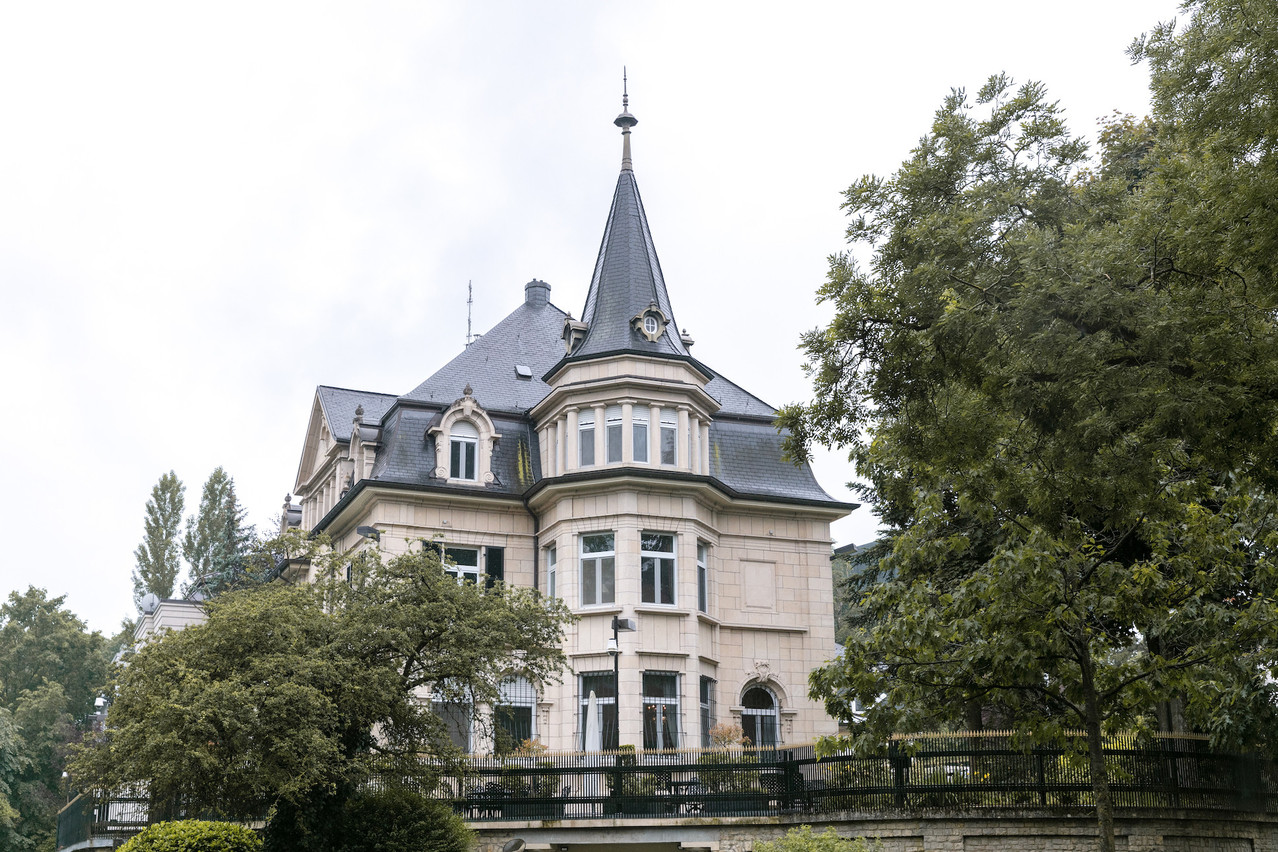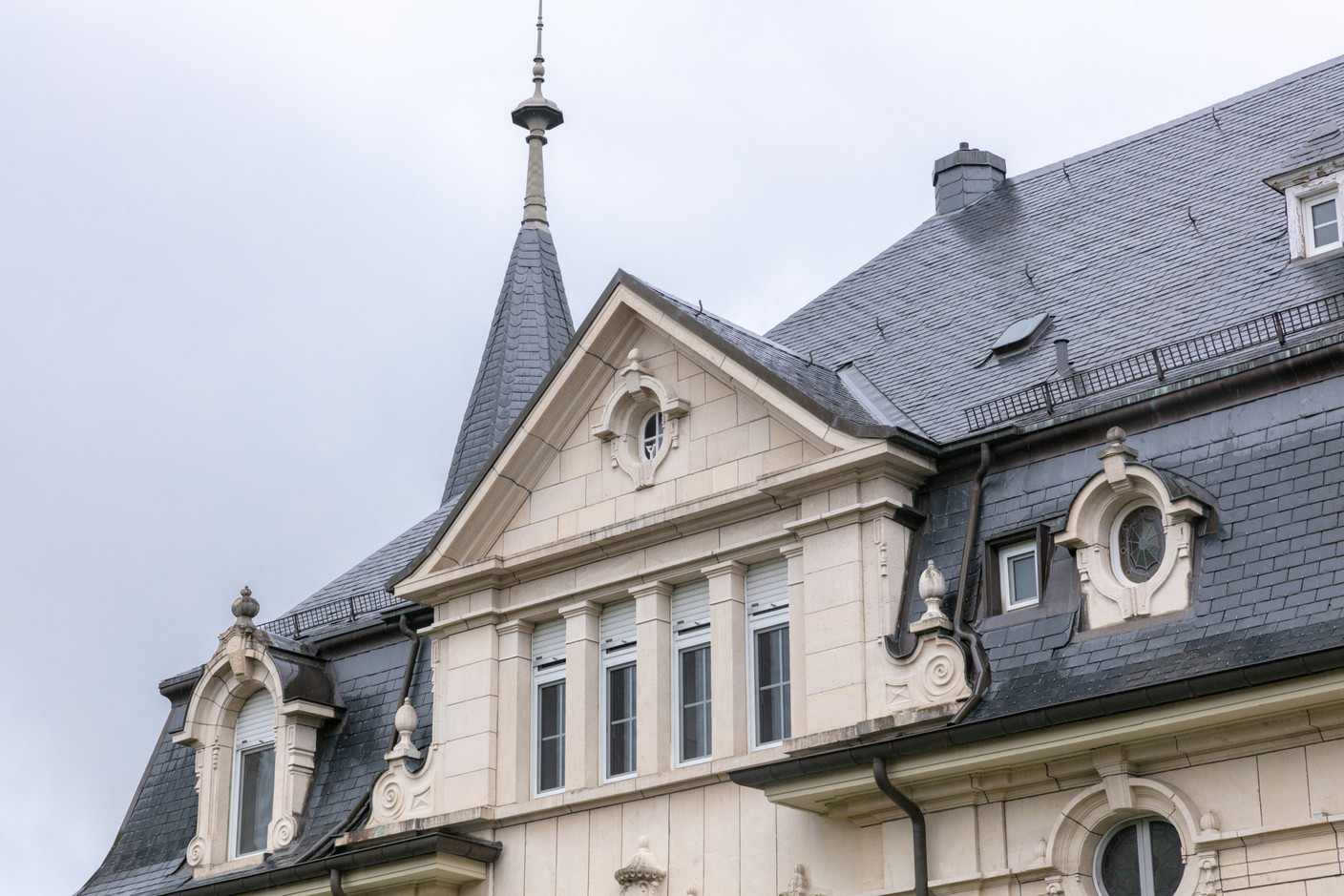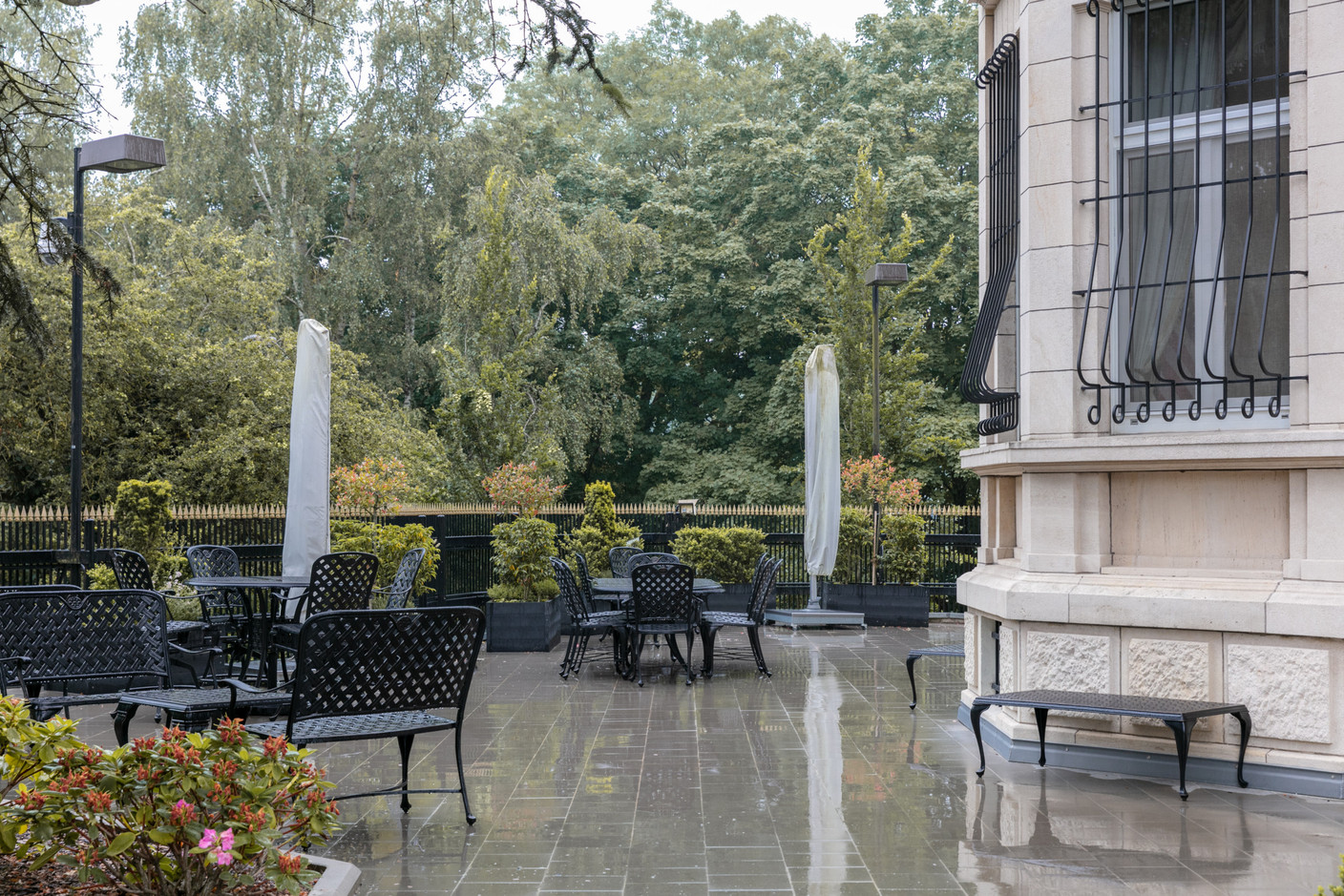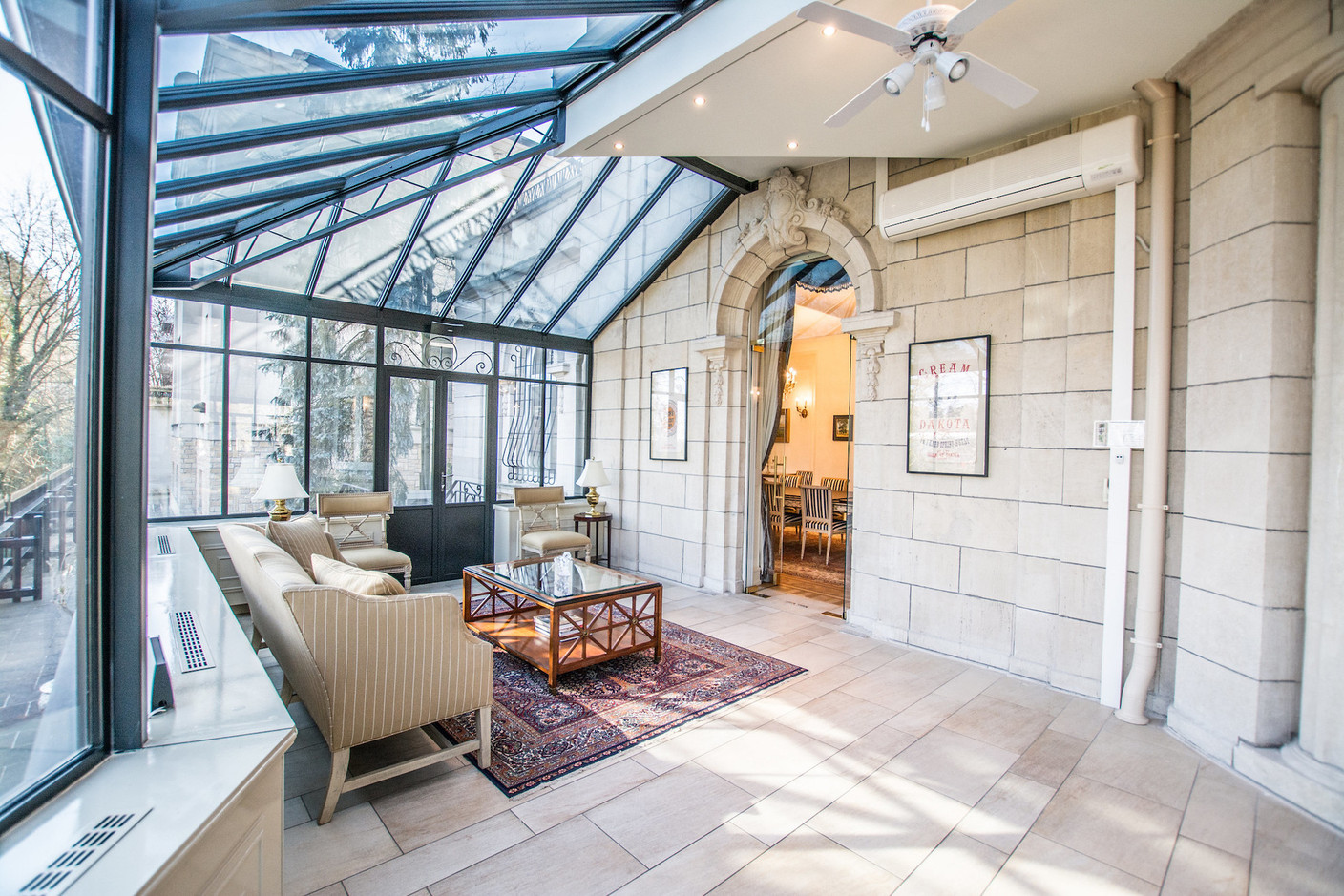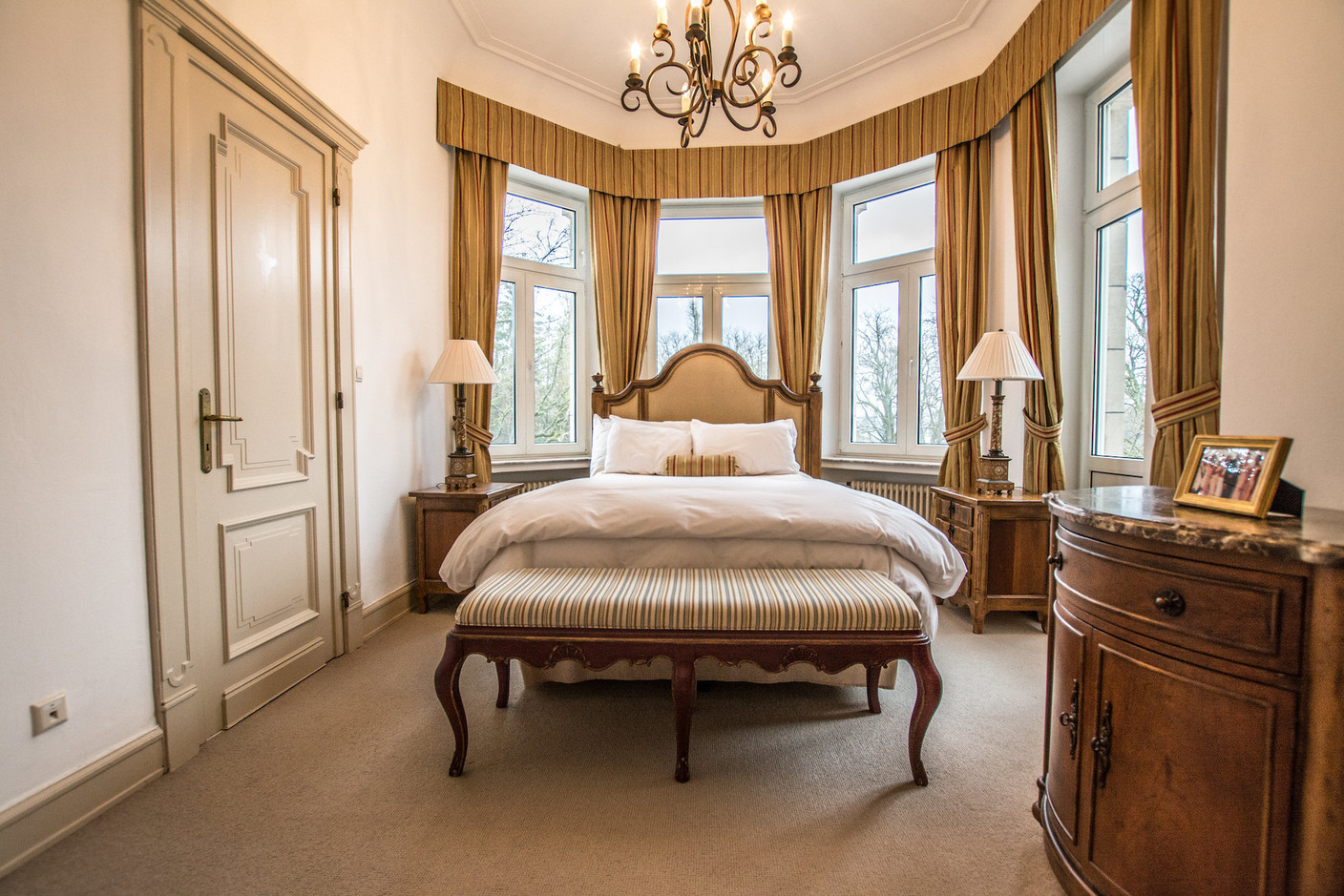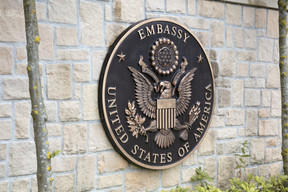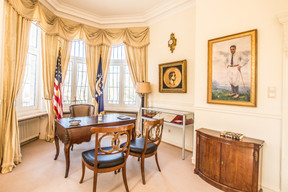Following the departure of the last ambassador--Georgia native Randy Evans--the residence awaits the arrival of the next US ambassador to Luxembourg, yet to be announced. Across the years, the residence has been home to a wide range of people, including Bonnevoie native and interrogator at the Nuremberg trials, John E. Dolibois, as well as the “hostess with the mostess” Perle Mesta. Patricia Roberts Harris also made history when she became the US’ first-ever African-American woman ambassador, appointed for the Luxembourg mission in 1965 by Lyndon Johnson, while James Hormel was the first openly gay to be nominated for ambassador when he was tapped by President Bill Clinton in 1997.
As current chargé d’affairs Casey Mace put it, “We’re very proud of the residence and honored to have such a beautiful place with a rich history that signifies the continued strong bond between our two countries and shared commitment to freedom, equality, and justice.”
Significance in Luxembourg’s history
The “maison de maître” was constructed in 1922, designed by Luxembourg architect Gust Schopen, decades before the Grand Duchess Charlotte Bridge (the “Red Bridge”) linked Kirchberg and Limpertsberg. According to US Embassy documentation, the land upon which the residence today stands was purchased by Belgian Alfred Lefevre and his wife, Albertine Reckinger, although the pair never lived in the home. In 1929, in fact, the family sold the estate to the German government to use for its embassy--and by 1933 it went to the hands of the German Reich, hosting a number of Nazi officers after their May 1940 invasion of the grand duchy--most infamously, SS Chief Heinrich Himmler, “the most radical of Hitler's radicals…a tireless driver of death, whose name will forever be associated with the Holocaust,” per .
Prior to the US army’s liberation of Luxembourg City on 10 September 1944, the remaining Nazis and German “Gauleiter” (governor) Gustav Simon fled the location—but not before attempting to destroy the adjoining carriage house. They were unsuccessful, however, and the site today serves as the US chancery.
George Platt Waller, who had served as US consul and chargé d’affaires starting in 1931 but been expulsed in 1941, later bought back the home from the Luxembourg government (through which a sequestration office had managed goods and property confiscated from the former Reich) for 6,800,00 francs (roughly $2m in today’s terms).
The iconic Perle Mesta then served as the US head of mission minister from 1949-53. (A US Embassy spokesperson confirms that technically she was not an ambassador; at that time, the head of mission was titled minister). Mesta’s lively spirit and monthly parties helped cheer up the spirits of GIs in the grand duchy. Irving Berlin’s “Call Me Madam” musical is based on her.
While Mesta was the first to serve there--her memories of Luxembourg captured in the video below--the last two occupants of the house were also pleased to share their memories…
“It wasn’t just a house for us”
The second to last US ambassador to Luxembourg calls the house “grand”. One of his favourite spaces, for poring over news, was the office--the couch there being "a favorite resting spot for the ‘Diplocat’.” He reveals that his office included WWII objects on loan from the National Museum of Military History in Diekirch. “I found some oversized framed photographs of President [John F.] Kennedy greeting [Grand Duchess] Charlotte, and another of President [Ronald] Reagan meeting with Grand Duke Jean that I had hung on the walls,” McKean says. “The room always reminded me of the close relationship and important history shared by Luxembourg and the US.”
From the sunroom, he and his wife, Kathleen, also watched more history in the making--the funicular being built. This room was another of his favourites: “While Luxembourg wasn’t always sunny, the sunroom with its many windows was a wonderful room to observe the changing seasons: sometimes our view was shrouded in fog, but at other times we could see across the ravine to Kirchberg.” It was there he also hosted former US Secretary of State John Kerry following the latter’s bike ride with foreign affairs minister Jean Asselborn (LSAP) and Luxembourg cyclist Andy Schleck.
Kathleen was also an avid gardener. “On weekends, I would often find her on the embassy grounds with her spade and shovel planting colorful perennial flowers. She also planted heirloom roses and heirloom fruit trees to honor Luxembourg,” McKean adds.
“The residence wasn’t just a house for us--it was a home.”
Where space history was made
The last US ambassador to Luxembourg Randy Evans also calls the residence “a beautiful home with lots of character and history. During my tenure, we did a lot of work to upgrade it to accommodate the demands of the 21st century and serve as a place to host world leaders.”
Such leaders there included Speaker Nancy Pelosi, who led a US House delegation, former speaker Newt Gingrich, US cabinet secretaries, members of Congress and Supreme Court Justices, among others.
“US Secretary of Commerce Wilbur Ross’ visit really set the ball rolling when he reported back to the US his visit to Luxembourg which included staying at the residence,” Evans adds. Ross visited in 2019 to sign the which, in Ross’ own words, would “serve as a foundation for establishing a stable and reliable commercial global space industry,” thereby paving the way for the grand duchy to become of the Artemis Accords with Nasa.
But one memory in the residence stands out most for Evans: Buzz Aldrin’s visit for the . On the eve of the event, the two were joined by former deputy prime minister Etienne Schneider, among others. “It wasn’t formal,” Evans recalls. “It had no pomp or circumstance… just sitting around in awe listening to a hero was unbelievable.”
Virtual tours of the residence, with a focus on diversity, will take place in September and October as part of the European Heritage Days in Luxembourg. For more information and scheduling, visit the .
